Everest Three Pass Trek – 21 Days of Pure Himalayan Mayhem
This isn’t your basic Everest Base Camp trek. The Everest Three Pass Trek is the real deal—the kind of journey that turns your legs to jelly, your lungs into balloons, and your head into a mountain-obsessed mess (in the best way). For 21 days, you’re deep in the wild heart of Nepal’s Khumbu region, crossing three monster high passes—Kongma La (5,535m), Cho La (5,420m), and Renjo La (5,360m)—that most people only ever Google and scroll past. You start in Lukla, wind through Namche Bazaar, glide by the glassy Gokyo Lakes, stomp across snowed-out glaciers, and yeah—you still tag Everest Base Camp like a boss. No backtracking. No touristy shortcuts.
This trek slaps you with altitude, exposes you to brutal beauty, and makes you question your life choices by the time you hit the second pass. But it’s also pure magic—sunrises that punch your chest open, trails where yaks outpace you, and teahouses where ginger tea tastes like a hug. If you’re googling “best treks in Everest region” or “hardest but worth-it hikes in Nepal,” stop. You found it. This one stays in your bones.
Look, the Everest Region Three Pass Trek ain’t no walk in the park. It’s a full-on high-altitude trek that’ll chew up your legs and test your lungs from the moment you hit the dusty trails of the Khumbu Valley. You’re navigating rugged glacial paths, threading through thick rhododendron forests that burst with color in spring, and crossing three monster passes that push you over 5,300 meters — yep, altitude sickness isn’t just a myth here. At times, your head feels like it’s ready to explode, and your calves scream louder than a yak caravan trudging past. But man, the mountain views? Absolutely insane. Picture Everest, Lhotse, and Nuptse playing peek-a-boo behind prayer flags fluttering in the icy wind. The trail tosses in everything — rocky ascents, slippery ice patches, tiny Sherpa villages where teahouse vibes are as warm as the local raksi they’ll sneak you after dinner. The emotional rollercoaster is real — from cursing the next steep switchback to being dumbstruck by golden sunrises that make your breath catch (not just from the altitude). Honestly, this trek demands respect but gives back in pure magic, the kind that sticks with you long after the boots come off.
Exploring the Rich Flora and Wildlife Along the Everest Three Pass Trek:
Trekking the Everest Three Pass route ain’t just about big mountains — it’s like Mother Nature’s own wild party. Those rhododendron bushes? When they’re blooming, the hills light up with red and pink like some kinda forest rave. You’ll catch yourself stopping just to stare ’cause, honestly, it’s wild how colorful it gets. As you climb higher, the trees drop off quick — next thing you know, it’s moss, scrappy bushes, and rocks everywhere. The air gets thinner, and the plants get tougher. They’re not here for your Instagram pics; they’re fighting to survive up here. Wildlife? Don’t blink or you’ll miss it. Heard some crazy bird calls that made you jump outta your skin, and if you’re lucky, a red panda might dart past you — no joke, that thing’s like a ninja in the bushes. Oh, and those sneaky musk deer? You’ll only spot ’em if you’re really quiet or they’re feeling friendly.
But it ain’t just about spotting animals or plants. It’s the smell — fresh pine mixed with freezing cold mountain air that hits you in the face like a slap. Then there’s that weird quiet moment when a bunch of colorful birds suddenly take off all at once — makes your heart race for no good reason. The wildflowers that manage to grow in cracks of ice-cold rocks? Mad respect. This trek throws you into different mountain zones so fast it messes with your head — one minute you’re in dense forests, next you’re staring at bare cliffs. Real eco-tourism here, no fluff. You feel every step, every breath, like the mountains are teaching you something — and yeah, it sticks with you way past your trek.
Route Overview of the Everest Three Pass Trek: A Wild Rollercoaster Through Nepal’s Mighty Khumbu
Let’s be real — the Everest Three Passes Trek isn’t your typical bucket-list stroll to Base Camp. This one’s for the crazy folks who want to see everything the Khumbu has to offer and are cool with earning it through three monster passes, a rollercoaster of altitudes, and moments where your lungs beg for mercy. It kicks off in Kathmandu, the chaotic, colorful capital where gear shops and momo joints become your second home. After sorting permits and last-minute trekking odds and ends, you catch that infamous flight to Lukla — 30 minutes of pure adrenaline as you skim ridges and pray the clouds behave.
The trail starts gentle, easing you into village life with Phakding and Namche Bazaar — the Sherpa capital where espresso cafés sit next to yaks. After an acclimatization day (pro tip: hit the Everest View Hotel even if your lungs hate you for it), the route climbs steadily into spiritual highlands. Tengboche greets you with its iconic monastery and surreal views of Ama Dablam. By the time you hit Dingboche, the altitude starts to speak louder — short breaths, slower steps, and insane mountain backdrops that somehow make it worth it.
Now the real test begins. First up is Kongma La Pass (5,535m) — rocky, windy, and pure punishment — but crossing it feels like leveling up. You hit Lobuche, detour to Everest Base Camp, and climb Kala Patthar for those sunrise shots that make your frozen fingers forget the pain. Then it’s Cho La time — icy, steep, and sketchy in snow, but it spits you out at Gokyo with its jaw-dropping glacial lakes. If you’ve got gas left in the tank, hike Gokyo Ri — the view of Everest, Lhotse, and Makalu lined up like titans is unreal.
The final boss? Renjo La Pass. It’s the longest, most scenic day, opening up to vistas that feel like you’re walking through a postcard. From there, the descent is a sweet release — through the quiet charm of Thame, past monasteries and mani walls, reconnecting with the Dudh Koshi river and retracing steps through Manjo and Lukla. One last night with your crew, a few beers (Everest brand, obviously), and it’s back to Kathmandu — dirt-caked boots, full heart, and a head spinning with stories you’ll never stop telling.
What Makes the Everest Three Passes Trek Absolutely Unforgettable
If there’s one trek that truly slaps you awake—in the best way—it’s this one. The Everest Three Passes Trek isn’t some peaceful stroll through the hills. It’s a beast. It’ll push you. Break you. Lift you. Then, just when your legs are screaming, it’ll reward you with views so unreal you’ll forget how tired you are. It’s a rollercoaster of lung-busting climbs, soul-stirring moments, and that quiet pride you feel when you realize… you did it. You really did it. Here’s what makes this trek stand out from every other trail on the planet:
- Renjo La Pass (5,360m): The first real punch—you earn it, but the view? Straight out of a dream. Everest, Gokyo Lakes, and a sky so clear it feels fake.
- Gokyo Lakes’ glassy blues: Unreal doesn’t begin to cover it. These high-altitude lakes look painted—still, surreal, and utterly silent. You’ll sit there just… staring.
- Cho La Pass (5,420m): Ice underfoot, wind in your face, and that steady burn in your thighs. Pure adrenaline. Pure bragging rights.
- Everest Base Camp (5,364m): Doesn’t matter how many photos you’ve seen—being there hits different. You feel the mountain’s presence. It’s intense.
- Kala Patthar sunrise (5,545m): Cold as hell but worth every frozen toe. The golden light hitting Everest? You’ll never forget it.
- Kongma La Pass (5,535m): Quiet, wild, and brutal. The highest and the hardest. Most people skip it. You won’t—and that says everything.
- Namche Bazaar’s wild vibe: High-altitude espresso, gear shops, and trekkers swapping stories. It’s chaos with character.
- Rhododendron madness in spring: Red, pink, white—whole forests on fire with color if you hit the season right. It’s nature showing off.
- Teahouse chats with strangers: You start off as hikers, you end as family. There’s something about sharing garlic soup at 4,000m that bonds people.
- Tengboche Monastery feels: That chant echoing through the valley? Goosebumps. Ama Dablam in the backdrop? Just… wow.
- Altitude mind games: You’re not just climbing peaks—you’re learning your limits. And pushing past them. One slow breath at a time.
- Views from Chhukung and Dingboche: You’ll find yourself just standing there, not talking, staring out at Nuptse and Lhotse like you’ve found a secret.
When’s the Best Time to Do the Everest Three Passes Trek? Real Breakdown by Season
Planning for the Everest Three Passes Trek isn’t just about packing gear or booking flights—it’s about picking the right time to face this monster of a trek. Weather plays a massive role here. Pick the right season, and you’ll be walking under crisp blue skies with jaw-dropping views of Everest, Lhotse, Ama Dablam, and the rest of the Himalayan royalty. Pick the wrong one… and you might find yourself drenched, stuck in a snowstorm, or fogged out when you finally reach the pass.
Let’s break down each season so you can figure out what fits your vibe, fitness, and goals. Whether you want bright rhododendron blooms or empty trails in the wild cold—there’s a time for you. Just read on.
🍁 Autumn (Late September to November)
→ The GOAT Season for the Everest Three Passes Trek
If you’re looking for the absolute best time to trek the Three Passes, this is it. October is the sweet spot.
- Weather: Clear skies, crisp air, almost no rain. It’s chilly at night but manageable.
- Visibility: Off the charts. You get those clean, postcard-perfect views of Everest and surrounding peaks every single day.
- Trail Conditions: Dry, stable, and safe. Perfect for crossing all three high passes (Renjo La, Cho La, Kongma La) without ice hazards.
- Flora & Fauna: Post-monsoon freshness means clean air and lush lower forests. Not as many flowers, but the clarity is unmatched.
- Crowds: This is peak season—expect busy trails, packed teahouses, and fully-booked lodges unless you book early.
- Best For: First-time trekkers, photographers, and those who want the most epic mountain views without too many risks.
🌸 Spring (March to early May)
→ The Colorful, Mellow Challenger
Second only to autumn, spring brings a different kind of magic. If you’re into rhododendrons, warmer days, and fewer people, spring hits different.
- Weather: Milder than autumn, with increasing warmth in April and May. Mornings are clear; afternoons might bring light clouds.
- Visibility: Great in the mornings, can get hazy later in the day. Early spring = clearer skies.
- Trail Conditions: Mostly dry with occasional lingering snow at the passes. Cho La sometimes needs microspikes in early March.
- Flora & Fauna: Absolute explosion of colors in the lower sections. Whole hillsides on fire with rhododendron blooms in April.
- Crowds: Moderate. Fewer trekkers than autumn, so more peaceful trails and better chances at good teahouse spots.
- Best For: Nature lovers, those seeking less crowded trails, and trekkers okay with a bit of warmth and unpredictability.
🌧️ Monsoon (June to mid-September)
→ The Risky, Wild Card Season
Let’s be honest: monsoon trekking in Nepal is not for everyone. But if you’re the kind who likes being alone in nature and can handle a little (okay, a lot of) discomfort, it might just surprise you.
- Weather: Rain, fog, and leeches down low. Trails get muddy and slippery. But it’s drier the higher you go—rain tends to hit lower altitudes harder.
- Visibility: This is where you lose out. Most days start cloudy, and mountain views are rare unless you hit a lucky clear day.
- Trail Conditions: Wet, with landslides in some areas. Pass crossings are risky—often closed due to snow bridges melting or rockfall.
- Flora & Fauna: Green as heck. The lower valleys are insanely lush, but you won’t see much beyond the fog unless the weather clears.
- Crowds: None. Seriously, you’ll have the trail to yourself.
- Best For: Hardcore trekkers, monsoon adventurers, and off-season photographers who want a wild, moody Himalaya without the Instagram crowd.
⚠️ Not recommended unless you’re very experienced or going with a local guide who knows the trail during monsoon.
❄️ Winter (Mid-December to February)
→ Brutal, Silent, and Surprisingly Beautiful
Winter in the Everest region is no joke. It’s cold—like, really cold. But there’s something hauntingly beautiful about the silence and solitude up there in the snow.
- Weather: Bone-chilling nights, sunny but short days. You’ll be trekking with frozen eyelashes but clear skies above.
- Visibility: Unreal. You get pure, unfiltered views without haze or crowds. Sunrises at Kala Patthar feel like spiritual awakenings.
- Trail Conditions: Lower trails are fine, but the three passes? Hit or miss. Renjo La and Kongma La often get snowed in. Cho La becomes icy and dangerous—ice axes or microspikes may be needed.
- Flora & Fauna: Forests are quiet and barren. Most wildlife goes lower. It’s not about blooms—it’s about the stark beauty of snow-capped silence.
- Crowds: Basically zero. You’ll meet more yaks than people.
- Best For: Hardcore trekkers who can handle the cold, want the quiet, and understand the risk of closed passes.
⚠️ Some teahouses shut down in winter—especially near the passes. Plan for fewer options and bring extra layers.
Final Word
If you want safe crossings, clear skies, and that full epic Everest experience—go in October or early November. Want a splash of color and a little more peace? April is your sweet spot. Feeling bold and craving solitude? Winter’s calling, but be smart about it. Monsoon? Only if you know what you’re getting into.
Whatever you choose—plan around the passes. They’re not just scenic points—they’re the real test. Time it right, and you’ll come home with not just photos, but stories.
What You Eat and Where You Sleep on the Everest Three Passes Trek
If you’re picturing cozy beds and three-course meals while trekking the Everest Three Passes — let’s reset expectations right now. This trek is a full-body grind through high-altitude terrain, and while the views are unreal, the comfort level? That’s negotiable. You’re here for the thrill, the culture, the bragging rights — not luxury.
Teahouse Life — It’s Simple, But It Works
You’re not sleeping in tents (thank god), but the teahouses aren’t exactly resorts either. Think wooden buildings built for survival. At the lower villages like Lukla or Namche Bazaar, things feel “decent” — you’ll get a real bed, sometimes a semi-warm shower, and maybe even Wi-Fi if the solar panels are feeling generous.
But start climbing past 4,000 meters? Now it’s a different story. In places like Lobuche, Chukhung, or Thagnak, you’re sleeping in frozen rooms with walls thinner than your trekking socks. No heating. Toilets are shared. Showers? Good luck. You’ll be brushing your teeth with icy water and crawling into your sleeping bag wearing every layer you own. Still worth it.
The Food Game — One Word: Dal Bhat Power 24-Hour
You’re gonna eat dal bhat more times than you can count. And weirdly, you’ll grow to love it. It’s rice, lentil soup, veggies — basic, but bottomless. The second you finish, they’re offering you more. At altitude, when your body’s wrecked, this is the closest thing to magic.
Breakfasts are all about fuel — eggs, porridge, toast, pancakes, Tibetan bread if you’re lucky. Lunch and dinner? Fried rice, noodles, momo dumplings, soups, even pizza in some places like Gokyo (don’t expect Italian quality, but your taste buds won’t care after six hours of climbing).
Most trekkers go vegetarian on the trail, and for good reason — meat above Namche has to be carried up without refrigeration. It’s a hard pass unless you want to risk a stomach disaster in the middle of nowhere.
Drinks That Matter — Garlic Soup & Boiled Water
Hydration is non-negotiable up here. Every teahouse sells tea — black, ginger, mint, lemon honey, or the famous garlic soup (yes, it’s smelly, but it helps with altitude). Bottled water gets stupid expensive the higher you go. Most people either use water purification tablets or pay for boiled water.
Skip the booze. A cold beer might sound tempting in Namche, but alcohol messes with acclimatization and makes altitude sickness way worse. Save the celebration for when you’re back in Kathmandu.
Don’t Expect Luxury — Expect Resilience
No one’s trekking the Three Passes to sleep like royalty. You’re doing this for the grit, the challenge, the raw connection with the mountains. The food fuels your body. The beds let you recover. And the teahouses? They become your temporary little safe zones after brutal climbs and freezing winds.
There’ll be days when you hate the cold, curse your decision to skip a shower, and wonder why you signed up for this. Then you’ll sit down with a steaming plate of dal bhat, sip some hot tea, and listen to the wind howl outside while you’re warm inside — and you’ll realize there’s nothing like it.
🧾 Everest Three Pass Trek Permits & Rules
Alright, let’s be real — before you lace up your boots and hit the trail for the mighty Everest Three Pass Trek, you gotta get your paperwork in check. Not the most exciting part of the adventure, but super important. Without the right permits, you’re not going anywhere beyond Lukla. Here’s a no-nonsense guide to what you need, why you need it, and where to get it — all broken down in simple, human terms.
🎫 1. Sagarmatha National Park Entry Permit
This one’s a must. You’re trekking through Sagarmatha National Park — a UNESCO World Heritage Site filled with jaw-dropping landscapes, rare wildlife, and sacred ground for the Sherpa people. So yeah, the park entry fee is your ticket in.
Where to get it:
- Department of National Parks & Wildlife Conservation (DNPWC) office in Kathmandu (Bhrikutimandap area)
- Or just grab it at the park entry gate in Monjo if you’re flying to Lukla
How much it costs:
- NPR 3,000 (about $22–$25 USD) for most foreigners
- NPR 1,500 for SAARC citizens
What you’ll need:
- Your passport (they’ll scan it)
- No need for printed photos anymore, but carry a couple just in case things go old-school
🏔️ 2. Khumbu Pasang Lhamu Rural Municipality Permit
This is a relatively new thing. Back in the day, you needed a TIMS card, but that’s no longer valid for the Everest region. Instead, the local government charges a Khumbu entry fee. Think of it as a community support fee — it goes toward trail maintenance, waste management, and local infrastructure.
Where to get it:
- Right in Lukla at the permit counter
- Or at the Monjo checkpoint (just before entering the national park)
Cost: NPR 2,000 (around $15–$17 USD)
Heads-up:
You can’t get this one in Kathmandu — it’s issued locally
- Bring cash (Nepali rupees preferred) — card machines may not work reliably
🚶 3. Bonus Permit (Only if You’re Starting from Jiri or Phaplu)
If you’re one of those off-the-beaten-path adventurers starting your trek from Jiri or Phaplu (instead of flying into Lukla), you’ll pass through the Gaurishankar Conservation Area first. That means you’ll need one more permit. What’s it called? Gaurishankar Conservation Area Permit
Where to get it:
- DNPWC office in Kathmandu (same place as the Sagarmatha permit)
- Cost: NPR 3,000 (about $22–$25 USD)
Do you need this if you’re flying into Lukla? Nope. Only if you’re doing the longer overland approach.
❌ No TIMS Card Needed — Don’t Get Fooled
You might see outdated info online saying you need a TIMS (Trekkers Information Management System) card. Ignore it. The TIMS system doesn’t apply in the Everest Region anymore. The Khumbu permit replaced it entirely.
🧭 Do You Need a Guide for the Three Passes?
- Technically, no. You’re legally allowed to do the Everest Three Pass Trek without a guide or porter.
But realistically? This is one of the most challenging treks in Nepal. We’re talking about crossing three 5,000m+ high-altitude passes. It’s remote, it’s long, and the weather can change fast.
Here’s the breakdown:
- Going solo is allowed, but not always smart unless you’re super experienced with Himalayan routes
- A licensed guide can literally be a lifesaver — they know the trail, the signs of altitude sickness, and how to handle bad conditions
- Many trekkers also hire a porter to ease the load (you’ll thank yourself by Day 4)
💡 Real Talk Tips (From Trekkers Who’ve Been There)
- Take photos of your permits — one physical, one on your phone. Just in case.
- There are checkpoints along the route (especially in Monjo, Namche, Dingboche, and Thame), so keep your permits handy.
- Carry cash in NPR — most places don’t accept cards, and ATMs are limited after Namche.
- Start the permit process at least a day before your Lukla flight to avoid rushing and drama.
- Most local travel agencies in Kathmandu can get the permits sorted for you (usually with a small fee) if you don’t want to deal with the lines.
Real Talk: Fitness & How Tough the Everest Three Passes Trek Really Is
Look, if you think this trek’s a walk in the park, brace yourself. This ain’t some weekend stroll — it’s 3 monster passes above 5,300 meters. Your lungs will feel like they’re on fire, your legs will cry uncle, and your head? Well, that altitude brain fog will mess with you big time. But here’s the deal — with the right prep and attitude, you’ll smash it and come back with stories no one else has.
What You Actually Need to Know Before You Go
- Altitude’s a beast. You’re hitting passes like Kongma La at 5,535m. Thin air means breathing feels like trying to suck through a straw. You gotta pace yourself or risk getting hammered by altitude sickness.
- Long, grindy days. Expect 7-10 hours on rough, rocky trails. Sometimes you’re hauling yourself uphill, other times navigating slippery downhill bits. No sugarcoating — your legs will get smoked.
- Acclimatization days? Not a luxury, a must. Hanging out in Namche or Dingboche for rest days isn’t just chill time — it’s what keeps you alive. Skip this and you might face headaches, dizziness, or worse.
- Train like you mean it. No need to be an athlete, but you better get your cardio and leg muscles ready. Stair climbing, weighted hikes, squats—do all that stuff. You’ll thank yourself when your knees don’t scream.
- Your legs will want to quit. Seriously, uphill-downhill-uphill, over and over. If your thighs aren’t strong, Day 4 or 5 might be a meltdown moment (been there, done that).
- Hydrate like your life depends on it. Because it kinda does at altitude. Dry air dehydrates you fast, so keep sipping water constantly.
- Mental game on point. Some days, you’ll wanna throw in the towel. But then, bam! Sunrise over Everest or that yak staring at you like you’re crazy, and suddenly you’re back in it, heart pounding.
- Gear is not optional. Proper boots, trekking poles, warm layers, and crampons for icy bits will save your butt. Don’t show up with flimsy shoes and expect magic.
- You don’t need to be a gym rat, but don’t be a couch potato either. If your usual day is binge-watching, maybe start with daily walks and some stairs now.
- Bottom line: This trek beats you up but builds you stronger. It’s a beast, but also one of the most rewarding challenges you’ll ever face.
Conclusion:
The Everest Three Passes Trek is a truly immersive adventure that offers a once-in-a-lifetime opportunity to explore the Himalayas’ diverse landscapes, wildlife, and rich Sherpa culture. With proper preparation and by choosing the right trekking season, you can ensure an unforgettable journey through one of the world’s most iconic trekking routes.
Prefer a gentler introduction to the Everest region? Our Everest Region Short Trek offers a shorter, more leisurely journey filled with stunning Himalayan views and immersive cultural encounters in Sherpa villages.
🧭 Alternative Tours & Packages
- Everest Base Camp Trek
Embark on one of the world’s most iconic treks, journeying through picturesque Sherpa villages, alpine forests, and glaciers, all the way to the legendary Everest Base Camp.
- Everest Heli Trek with Kalapatthar Summit
Combine a scenic trek in the Everest region with an exhilarating helicopter flight from Gorakshep and a landing at Kalapatthar for stunning summit views of Everest.
- Everest Base Camp Hillary Trek
Follow the classic route taken by Sir Edmund Hillary and Tenzing Norgay, with deep cultural immersion, awe-inspiring landscapes, and a rewarding arrival at Everest Base Camp.
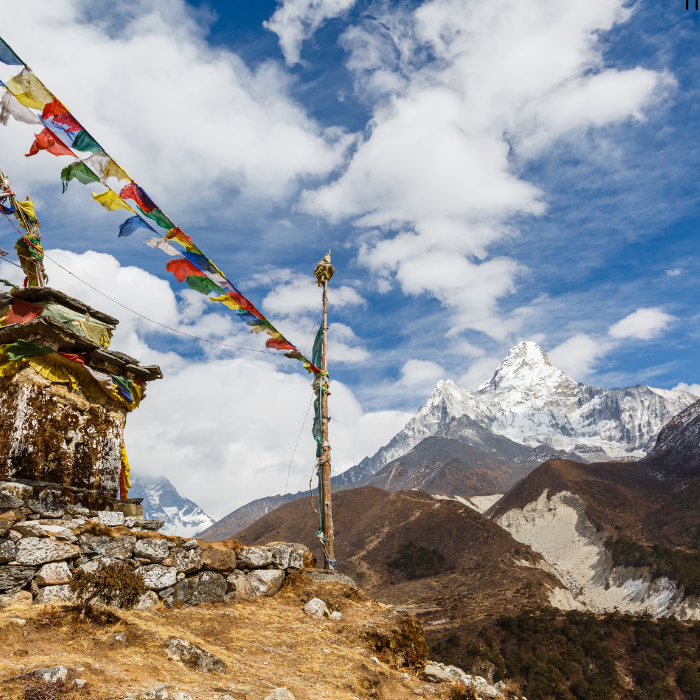
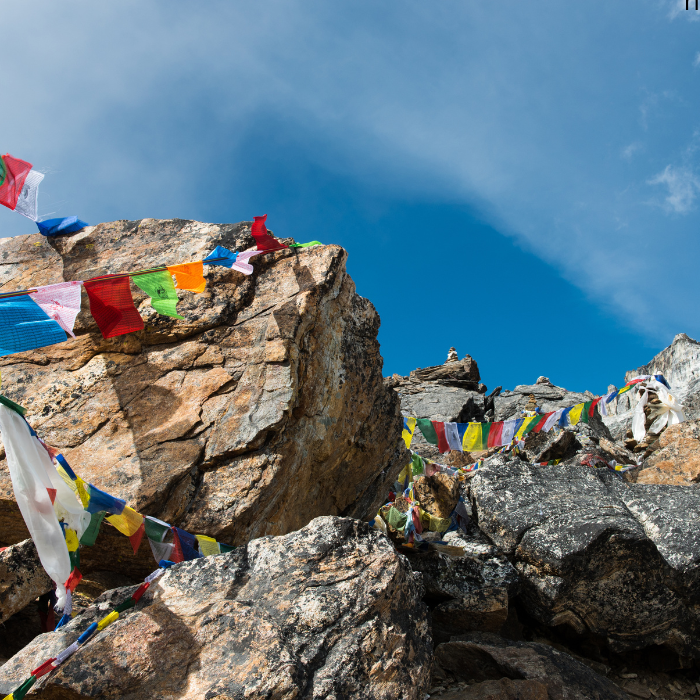
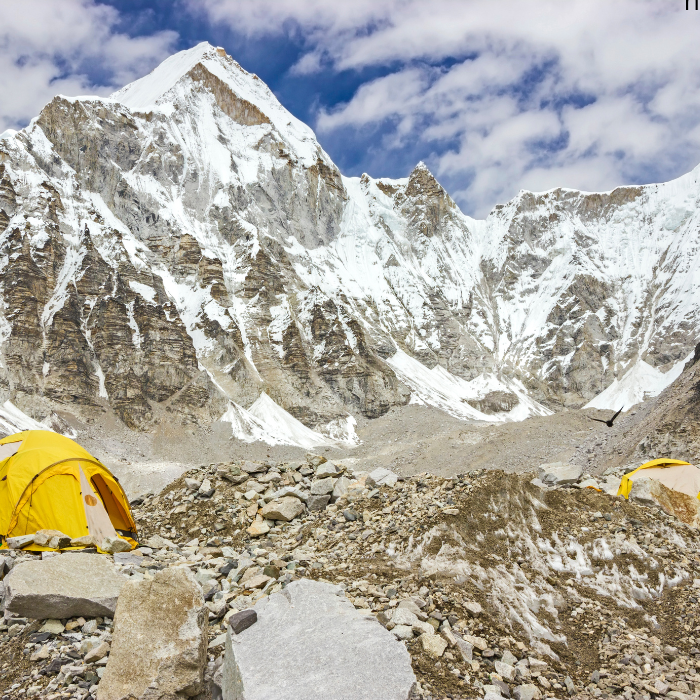
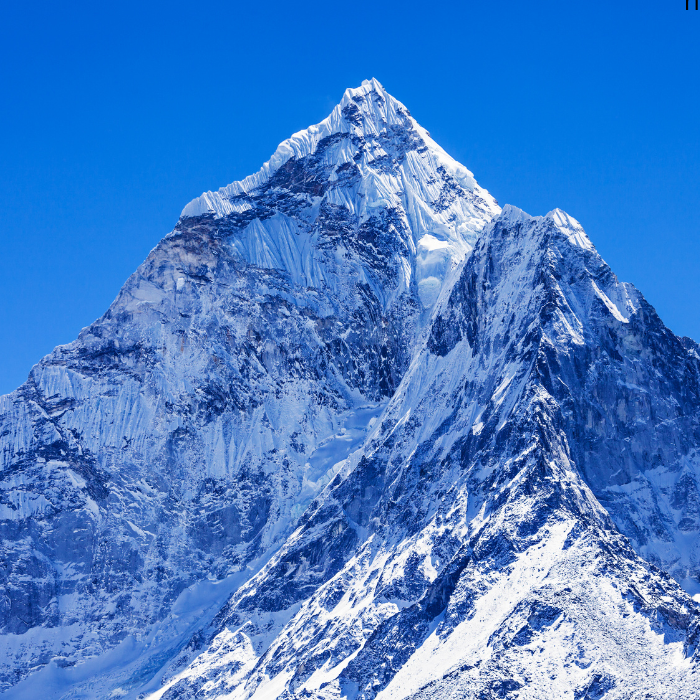
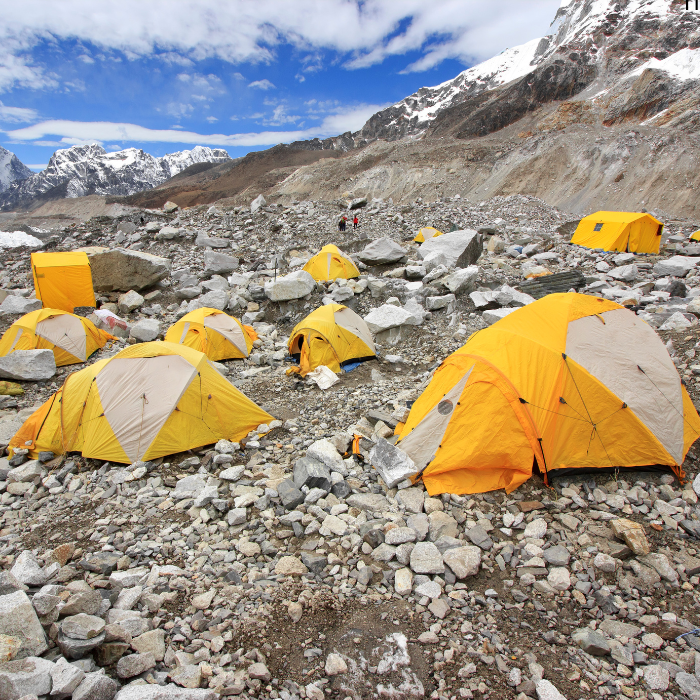
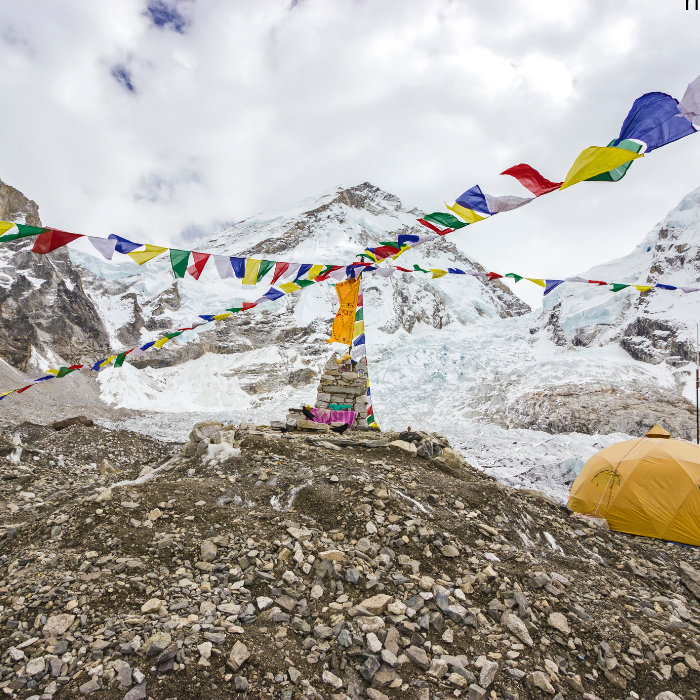


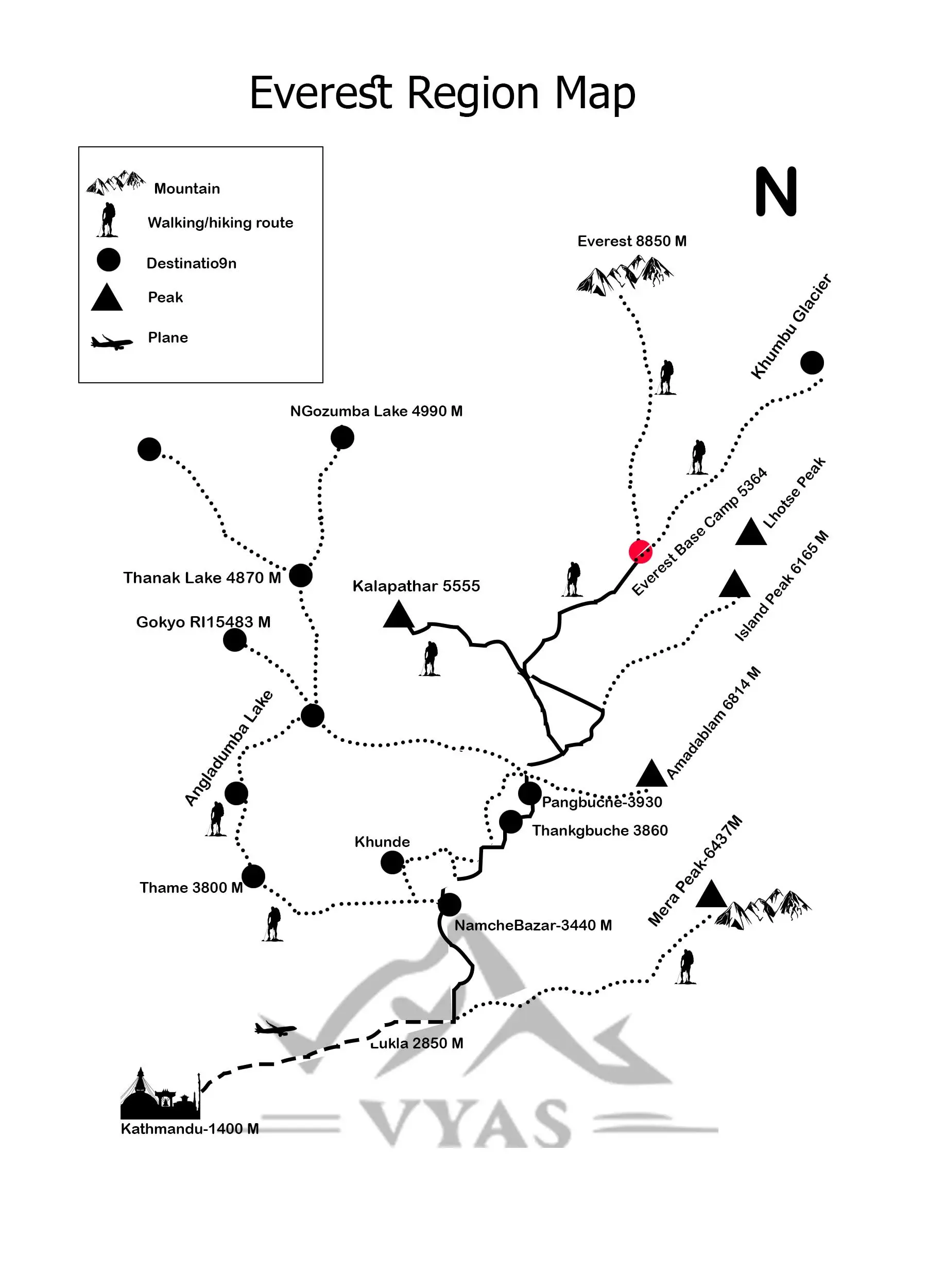






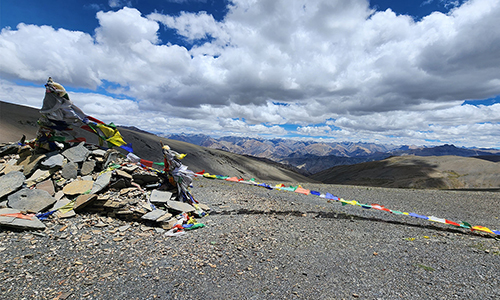

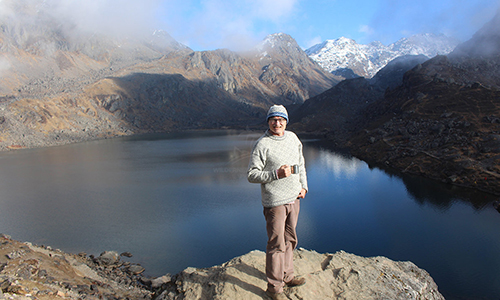


* * * Win Free Cash Instantly: https://electrogets.com/index.php?n3ftpn * * * hs=82e2dbbf5d2874a701a6e88130d505e0* ххх*
2025-07-30 09:53:38
28are3